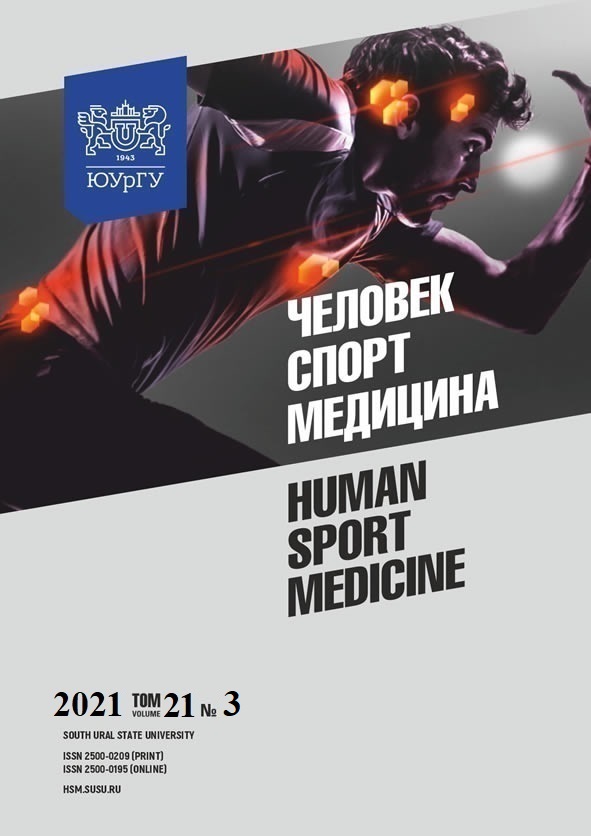TRAINING OF YOUNG SPEED SKATERS AND THE ANALYSIS OF MULTI-YEAR PERFORMANCE
Abstract
Aim. The paper aims to assess the effect of a one-year training cycle for speed skaters and to identify changes in their sports performance for the last 10 years. Materials and methods. The dynamics of sports performance was studied among winners and used together with the average performance indicators of 30 leading athletes aged from 12 to 13 years. The analysis of correlation between the intensity of training means and their effect on functional systems of the body allowed to estimate the effectiveness of different programs of one-year training for speed skaters. Results. As a result of the study, the following recommendations have been proposed: to reduce the intensity of continuous performance at the so-called glycolytic stage in the course of special physical exercises; to combine high-intensity training with training at anaerobic threshold. It was established that the main difference in the training programs of the compared groups was associated with load distribution in the training cycles of different duration. This method corresponded to the principle of avoiding excessive load by limiting maximal performance (60 seconds to 3–4 minutes). Such load provokes increased activation of glycolytic energy production. The best option at the preparatory stage is to provide aerobic performance of 12–20 minutes with obligatory use of a 20–30-second acceleration each 3–4 minutes. Such performance intensifies recovery processes due to the use of exercises at anaerobic threshold. Conclusion. The long-term planning of training requires a 10-year monitoring of sports performance among both winners and leading athletes.
References
References on translit
Copyright (c) 2021 Human. Sport. Medicine

This work is licensed under a Creative Commons Attribution-NonCommercial-NoDerivatives 4.0 International License.















